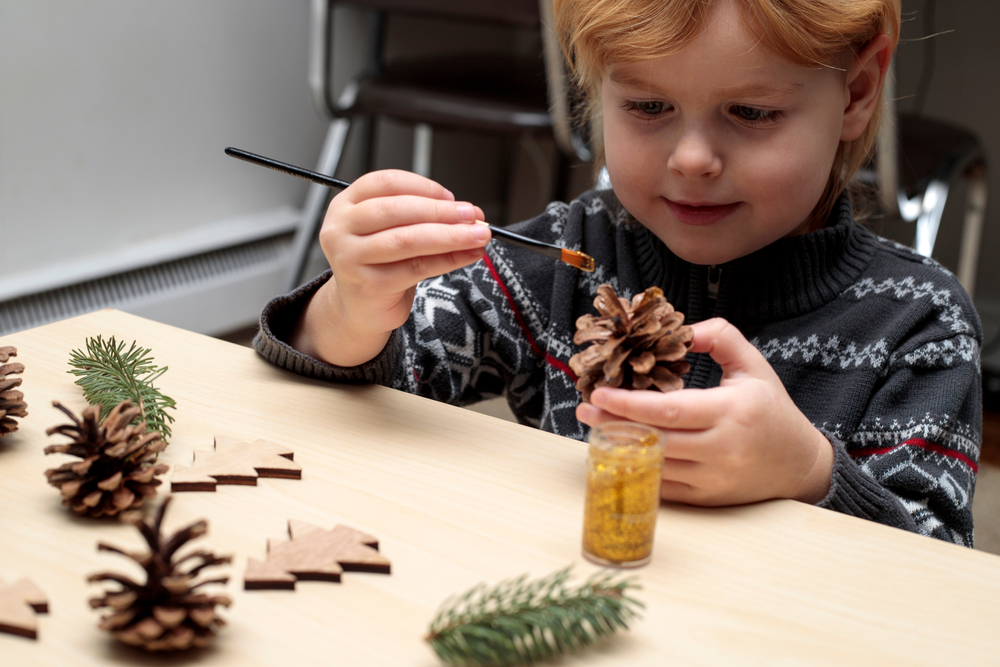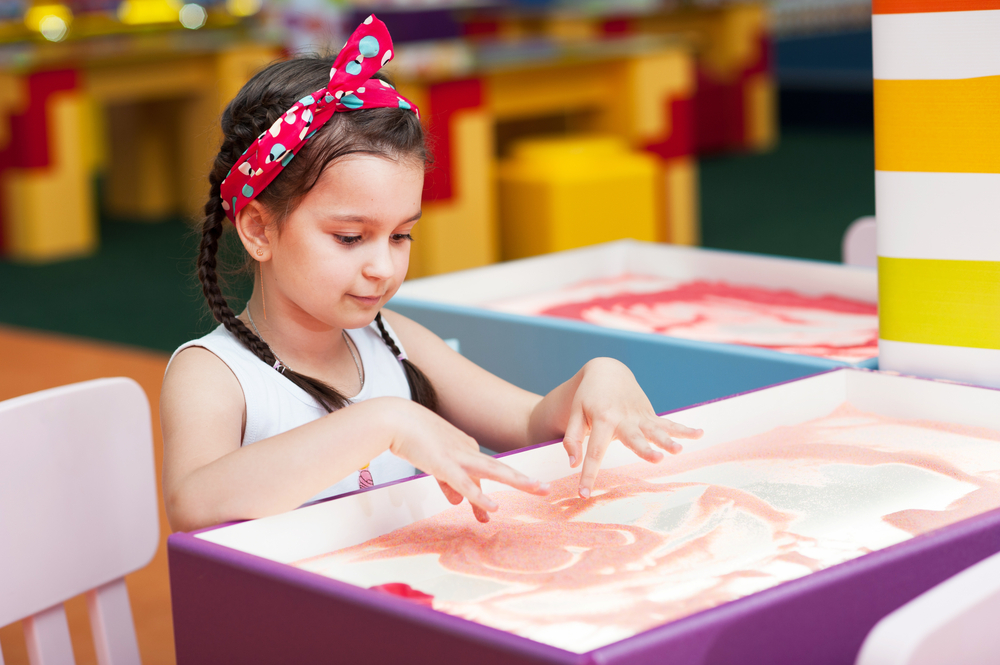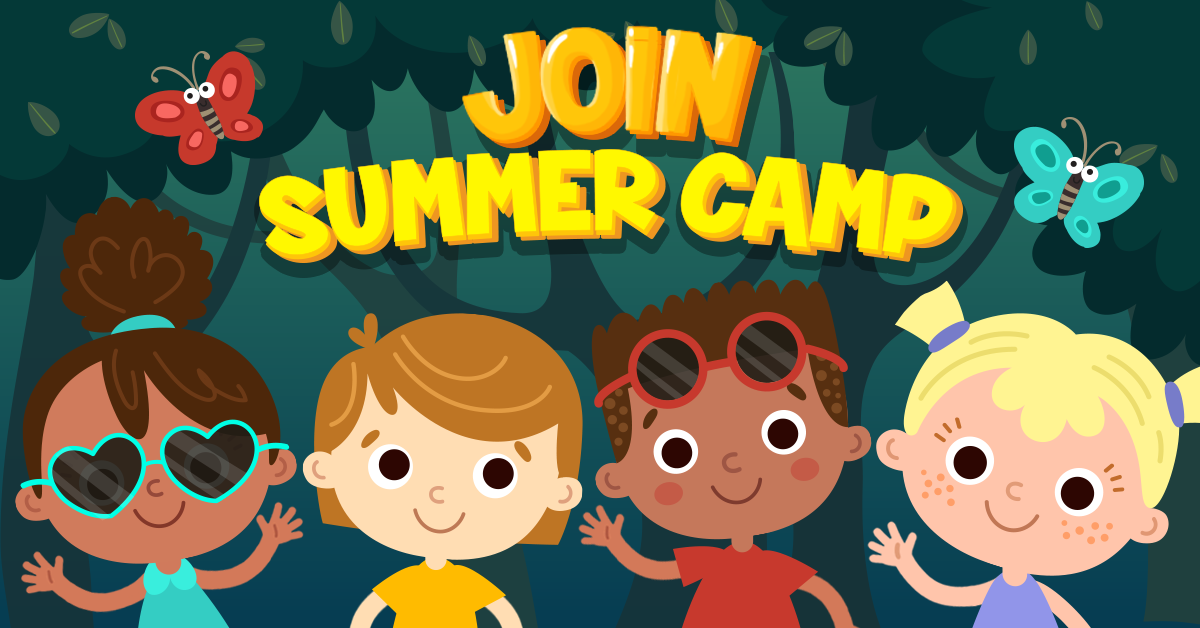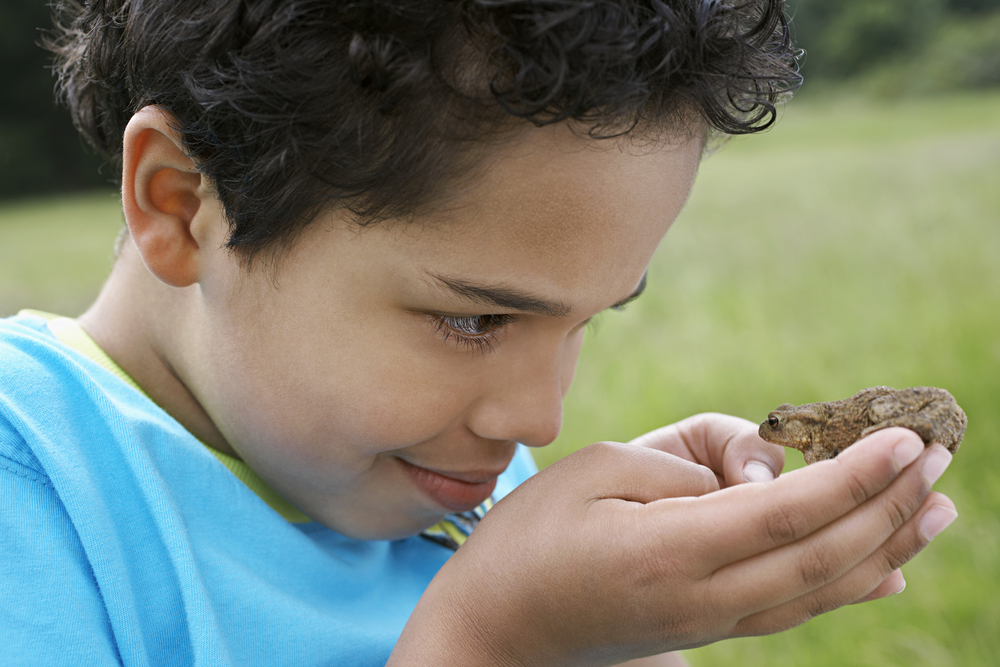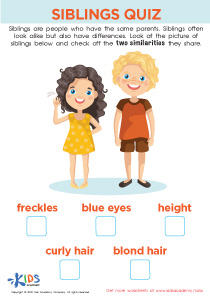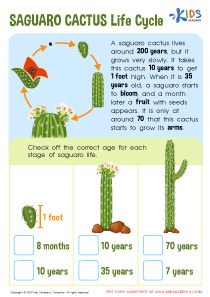Classification skills Normal Science Worksheets for Ages 5-8
5 filtered results
-
From - To
Explore our engaging "Classification Skills Normal Science Worksheets" designed specifically for children aged 5-8! These worksheets provide a fun and interactive way for young learners to develop essential classification skills. Through vibrant illustrations and relatable examples, kids will classify animals, plants, and everyday objects, enhancing their critical thinking and observational skills. Our user-friendly resources foster a love for science and curiosity about the natural world. Ideal for both classroom and home learning, these worksheets encourage creativity while reinforcing important educational concepts. Dive into the world of classification with our entertaining worksheets that make learning exciting for your little explorers!
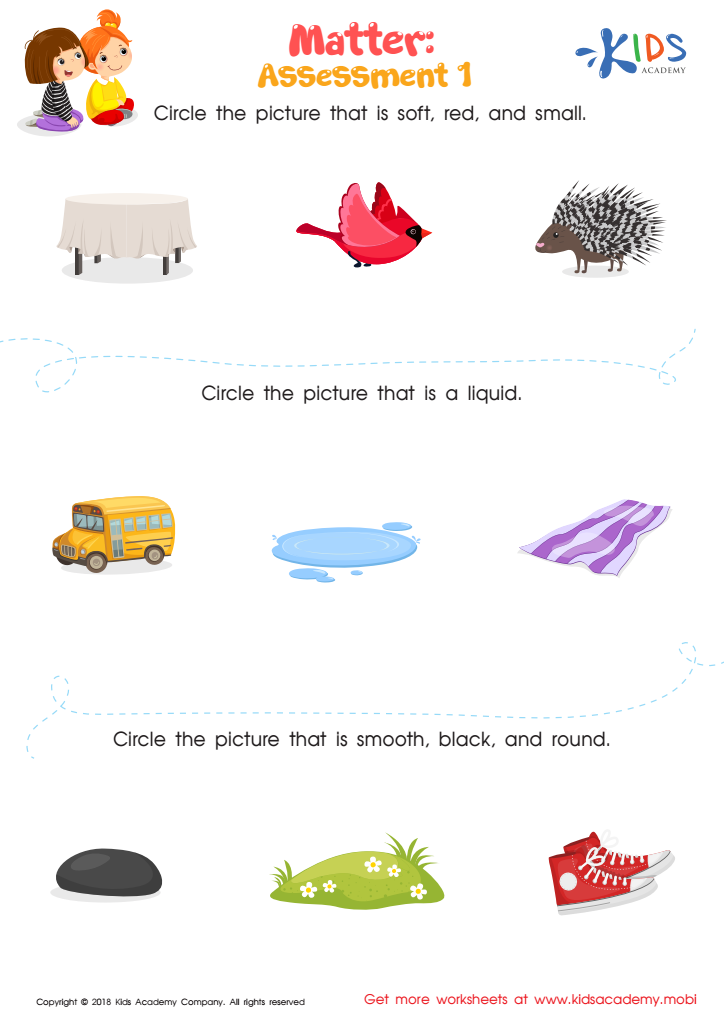

Matter: Assessment 1 Worksheet


Amphibians vs Reptiles Worksheet for 3rd Grade
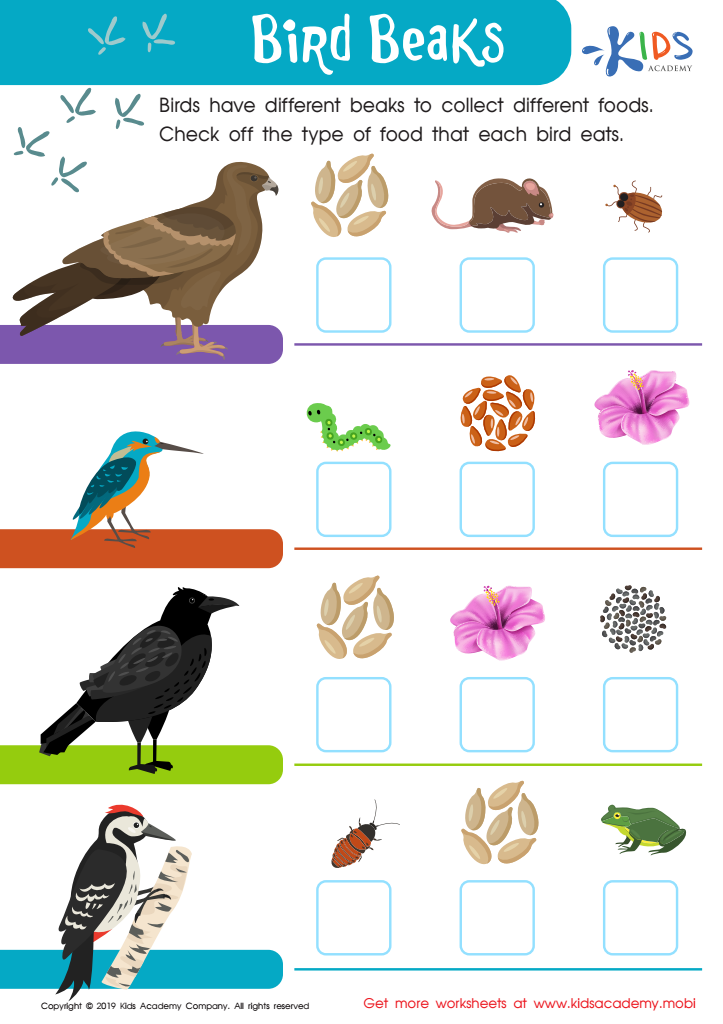

Bird Beaks Worksheet
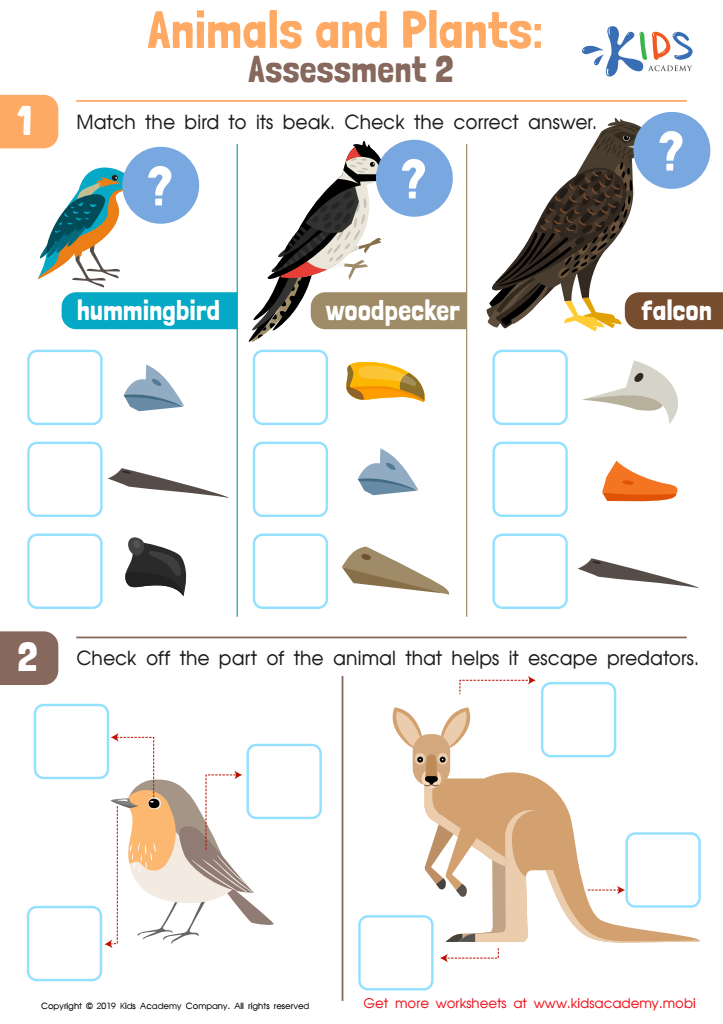

Animals and Plants: Assessment 2 Worksheet
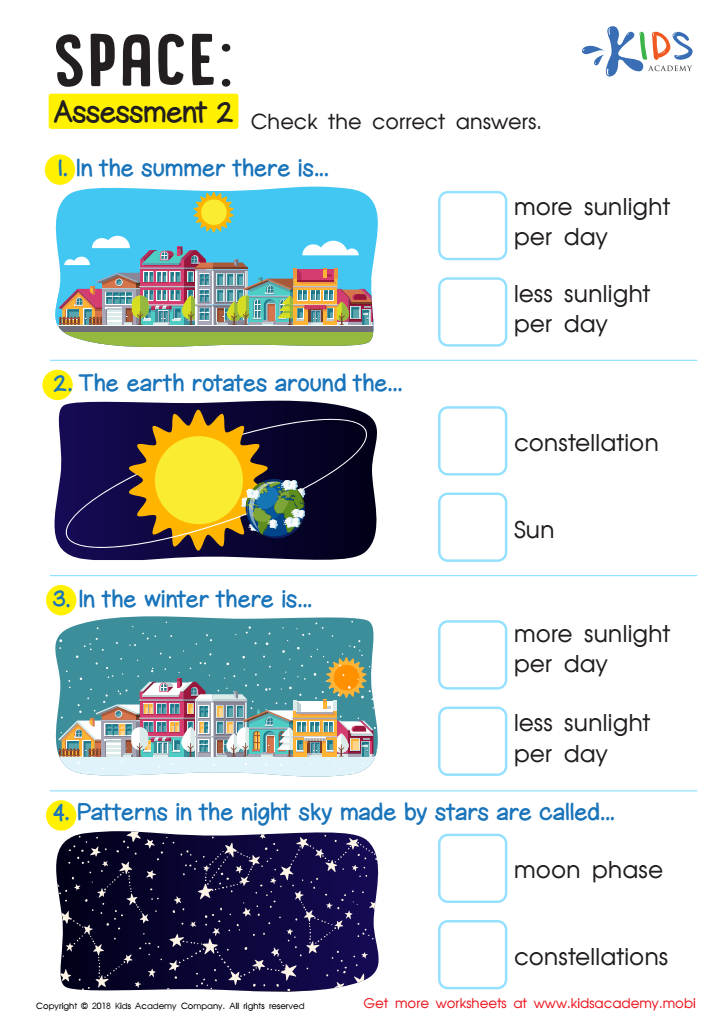

Space: Assessment 2 Worksheet
Classifying skills, often highlighted in the Normal Science curriculum for ages 5-8, play a critical role in children's cognitive development. Parents and teachers should care about these skills because they lay the groundwork for logical reasoning and critical thinking. When children learn to classify objects based on attributes like size, shape, or color, they enhance their understanding of the world around them.
Moreover, classification activities support early math skills, helping children to develop an intuitive grasp of sorting and organizing information, which is foundational for future mathematical concepts. Through these activities, children practice observation, comparison, and problem-solving, all essential skills in scientific inquiry.
Additionally, fostering classification skills encourages creativity and expression as children discover various ways to categorize and describe things. This not only builds their vocabulary but also enhances communication abilities. Participation in classification also instills a sense of curiosity and promotes investigative learning, turning everyday experiences into valuable learning opportunities.
Most importantly, by integrating these skills into everyday learning, parents and teachers prepare children for an academic environment that values organization and clarity of thought, helping them become successful learners in all areas of study. Therefore, investing in classification skills is investing in children’s holistic development.
 Assign to My Students
Assign to My Students


